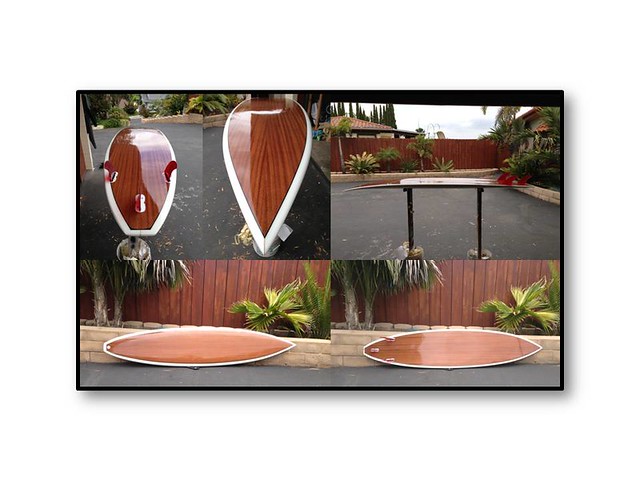Hi there,
for my new 9’6 performance longboard I want to try veneer as the sandwich supporting material.
Last Board I made with a 3mm (1/8’') poplar plywood and I’m not so happy with the durability (only 4oz at the outside) of the Board.
So now I want to build a “proper” sandwich construction with a veneer inside layer.
Now my questions:
-
what is the best veneer (comparision weight, durability, strength, water resistance,…) for a sandwich?
-
what are the pros and cons of e.g. balsa and hard maple (these two I considered already)?
-
what glasing schedule do I need in dependence of veneer-wood and thickness?
At the Moment, I tend to 0,9 mm maple with
eps(20kg/m³)->4oz-> hard maple->6oz on Top, and
eps->4oz->hard maple->4oz on Bottom
and a 9mm (3/8’') plywood stringer.
What do you think of this?
Best regards,
Andi


